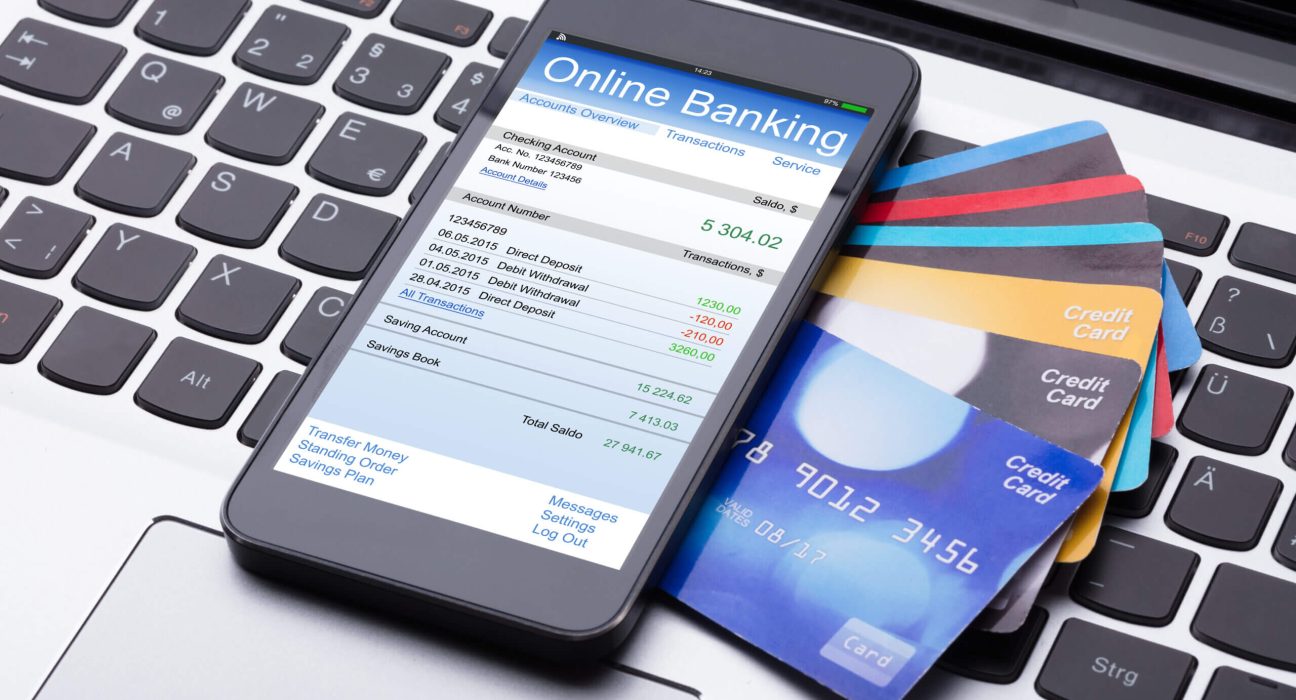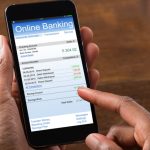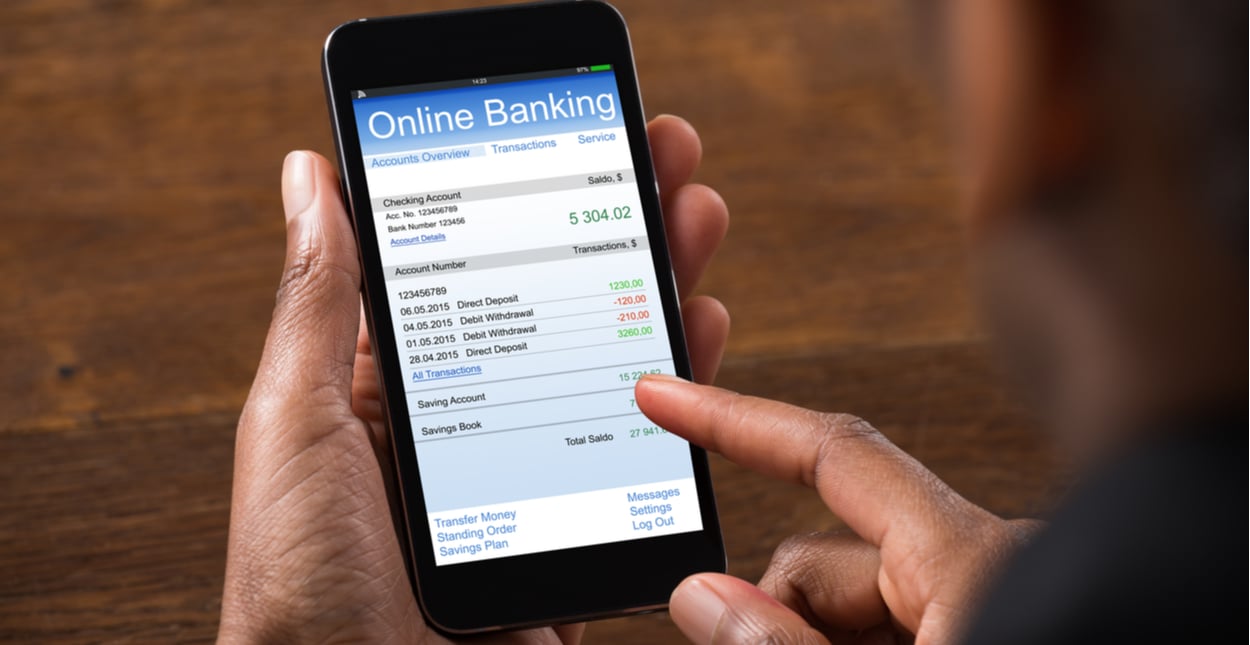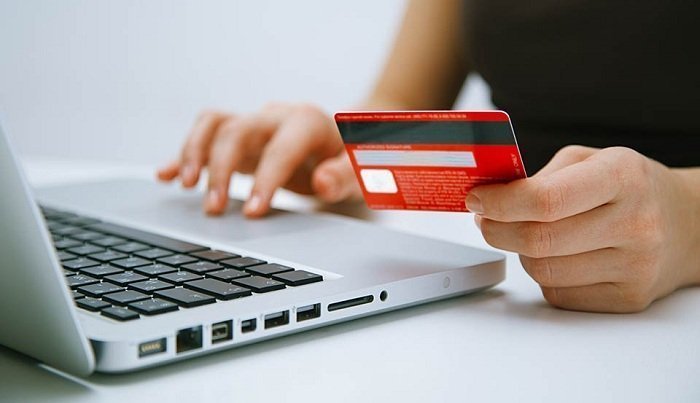In today’s digital era, opening a bank account no longer requires a trip to a branch or waiting in line to speak with a teller. Thanks to secure online platforms, individuals can open checking or savings accounts from the comfort of their home—often in less than 15 minutes.
Online banking has become a standard feature offered by most financial institutions, making money management simpler, faster, and more accessible. This guide walks you through the process of opening a bank account online in four clear steps and shares important tips to help you get started safely.
Why Open a Bank Account Online?
Opening a bank account online is convenient, especially for people who prefer digital services or live far from physical bank locations. Many banks and credit unions now offer online applications that allow you to open accounts, transfer funds, and manage your finances without ever stepping into a branch.
While online-only institutions may provide attractive features such as low fees or competitive savings rates, the main advantage lies in the ease and accessibility of digital banking. Before getting started, it’s essential to understand the process and the documents you’ll need.
Step 1: Choose the Right Type of Account
The first step in opening an account online is deciding what kind of account you need.
Checking Accounts
A checking account is designed for everyday transactions such as bill payments, debit card purchases, and ATM withdrawals. Most checking accounts allow unlimited access to your funds and come with digital payment features.
When comparing options, look for accounts with:
- No or low monthly maintenance fees
- Access to fee-free ATMs
- Tools for online bill pay and transfers
Savings Accounts
A savings account helps you store money securely and may earn interest over time. It’s ideal for setting aside emergency funds or long-term savings goals. Compare different savings accounts to find one with flexible withdrawal terms and a competitive rate.
Single vs. Joint Accounts
Decide whether you want to open a single account (in your name only) or a joint account shared with another person—often a spouse or family member. Joint accounts can simplify shared expenses but require trust and clear communication between account holders.
Check for Deposit Insurance
Before finalizing your choice, make sure your bank or credit union is federally insured.
- Bank accounts are typically insured by the Federal Deposit Insurance Corporation (FDIC).
- Credit union accounts are insured by the National Credit Union Administration (NCUA).
This insurance protects your deposits—up to $250,000 per depositor—if the institution fails. You can confirm this coverage by checking the bank’s website or searching for the institution in the FDIC or NCUA database.
Step 2: Gather Required Documents and Information
Before starting your online application, prepare your personal information and identification documents. Most financial institutions require the following:
- Social Security number (SSN) or another taxpayer identification number (for noncitizens, a different ID may be accepted).
- Valid government-issued identification, such as a driver’s license, passport, or state ID card.
- Contact details, including your current residential address, phone number, and email.
- Funding information, such as the routing and account numbers for an existing bank account, if you plan to transfer your opening deposit electronically.
If you don’t have a bank account yet, some institutions also accept mailed deposits via check or money order once the account is approved.
Step 3: Complete the Online Application
Once you’ve chosen your bank and gathered your documents, you’re ready to begin the online application.
You’ll be asked to provide details such as:
- Full name and date of birth
- Current address and contact information
- Social Security number or tax ID
- Driver’s license or ID number
It’s best to complete this process from a secure internet connection, such as your home Wi-Fi network. Avoid public Wi-Fi to protect your personal information.
After filling in the required fields, review the terms and conditions before submitting the application. Some institutions may ask you to confirm your identity by uploading or emailing a copy of your ID. In rare cases—such as if identity verification fails—you may be asked to visit a branch to complete the process.
If the bank requires a signature card, you might need to sign and return it by mail to verify your signature for future transactions. Applicants under 18 generally need a parent or guardian as a co-signer, and this may also require an in-person visit.
Step 4: Fund Your New Account
Most banks require a minimum opening deposit to activate your new account. The amount varies depending on the institution and account type.
You can fund your account through:
- An electronic transfer from an existing bank account
- A mailed check or money order
- A cash deposit at a local branch or participating ATM (if available)
When transferring funds, ensure the amount meets the minimum balance requirement. Electronic transfers may take several business days to process. Once the money arrives, you’ll be able to use your new account for transactions, payments, and deposits.
Frequently Asked Questions
Can everyone open a bank account online?
Most people can, but approval isn’t guaranteed. Applications may be denied if you have a record of unpaid bank fees or past account misuse. Some banks use consumer reporting systems—such as ChexSystems—to review an applicant’s history. If denied, consider applying for a “second chance” account designed to help rebuild financial trust.
Do I need to visit a bank branch?
Usually not. With online banking, nearly all steps can be completed digitally—from applying to funding your account. Customer service is typically available via chat, phone, or email if you need assistance.
Can I open a bank account online instantly?
In many cases, yes. The application process itself only takes a few minutes. However, it may take a few business days for deposits to clear and for your debit card or account details to arrive by mail or email.
Is it possible to open an account without an initial deposit?
Some institutions allow you to open an account without an immediate deposit. However, if you fail to fund the account within a certain timeframe, the bank may close it automatically. Always check the account’s terms before applying.
Final Thoughts
Opening a bank account online is one of the simplest ways to start managing your money digitally. By choosing the right account, preparing your documents, and following secure online procedures, you can complete the process quickly and confidently.
While traditional branches still have their place for in-person services, online banking offers flexibility and convenience for everyday financial tasks. Whether you’re opening your first account or adding a new one to organize your finances, online banking makes it easier than ever to take control of your money—safely and efficiently.






